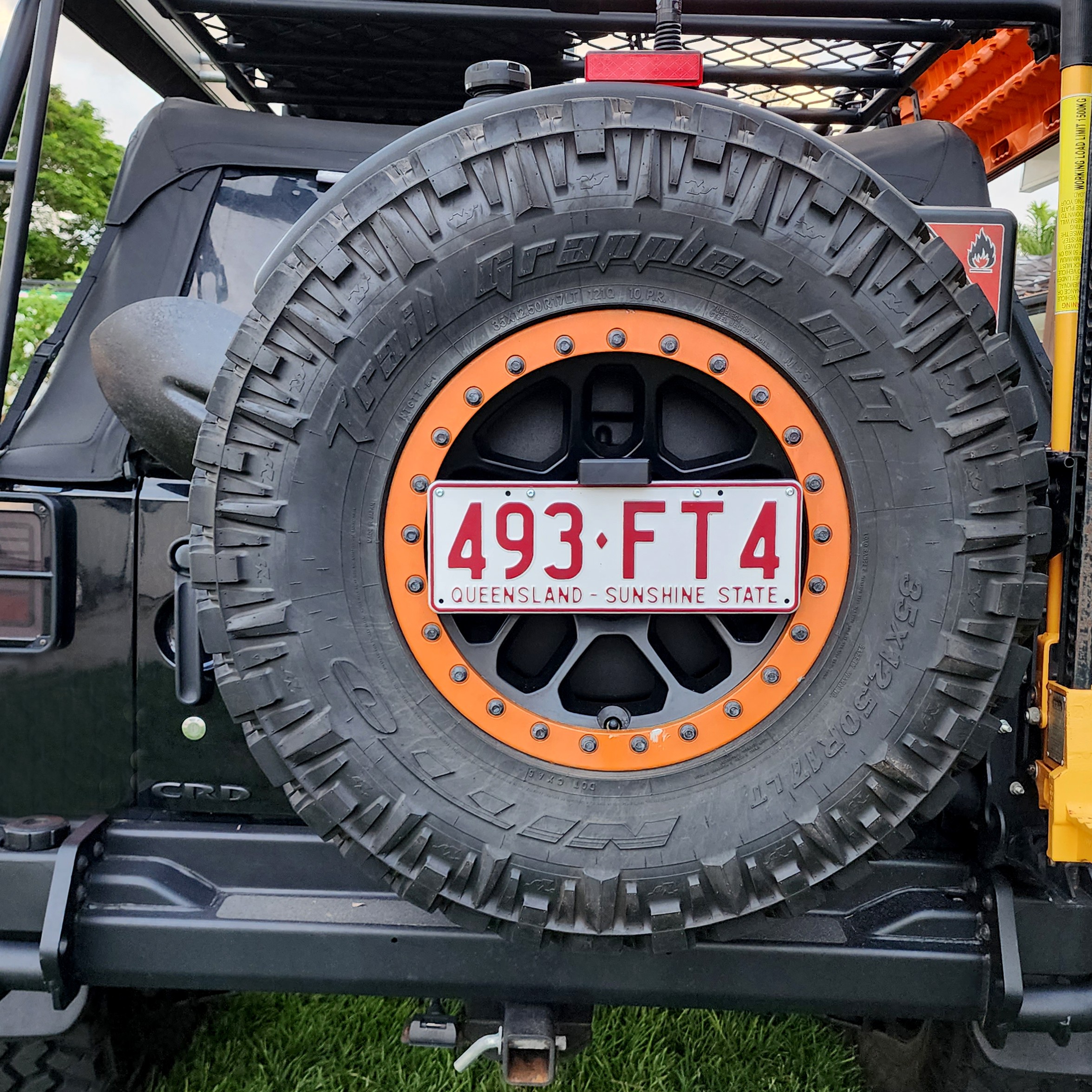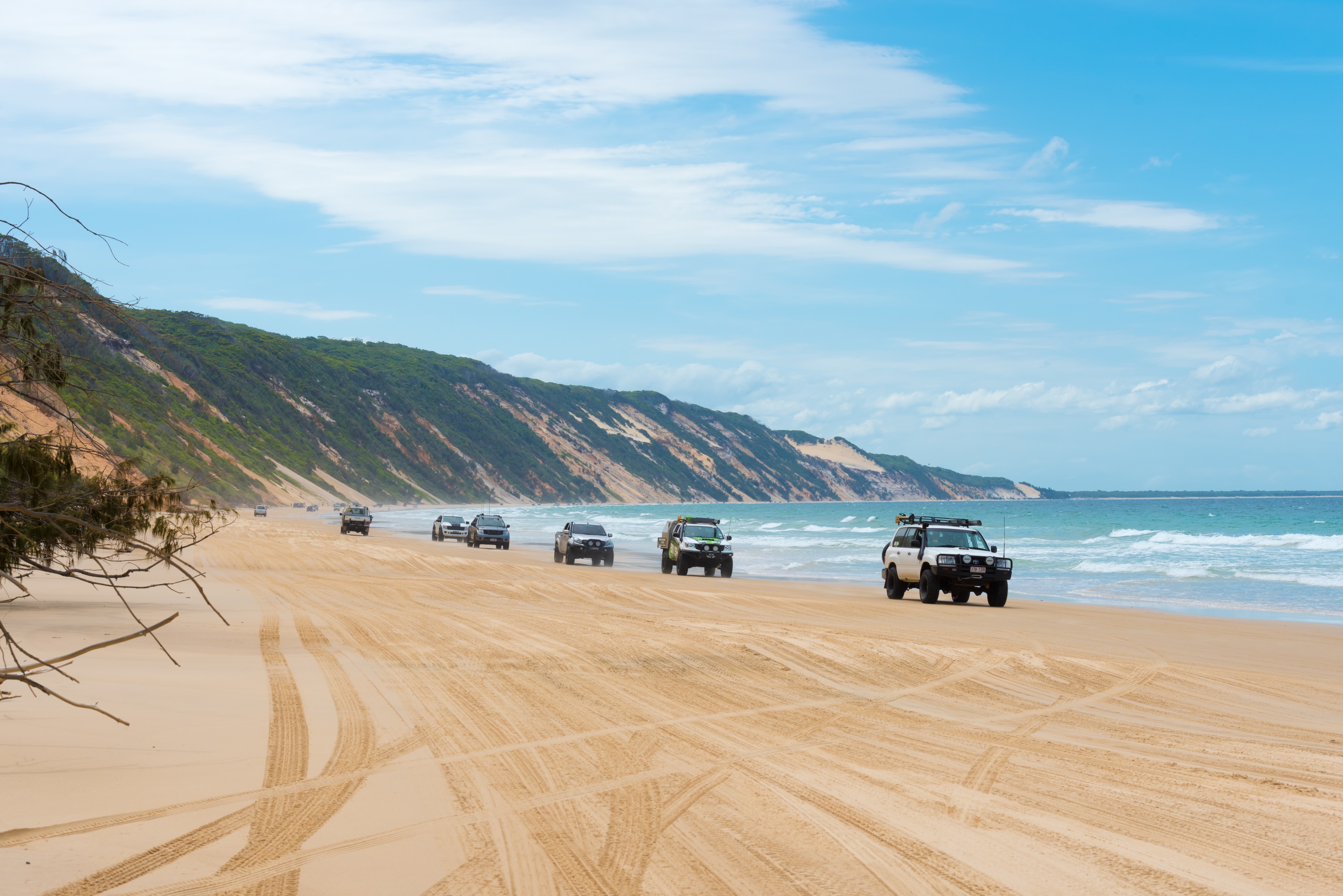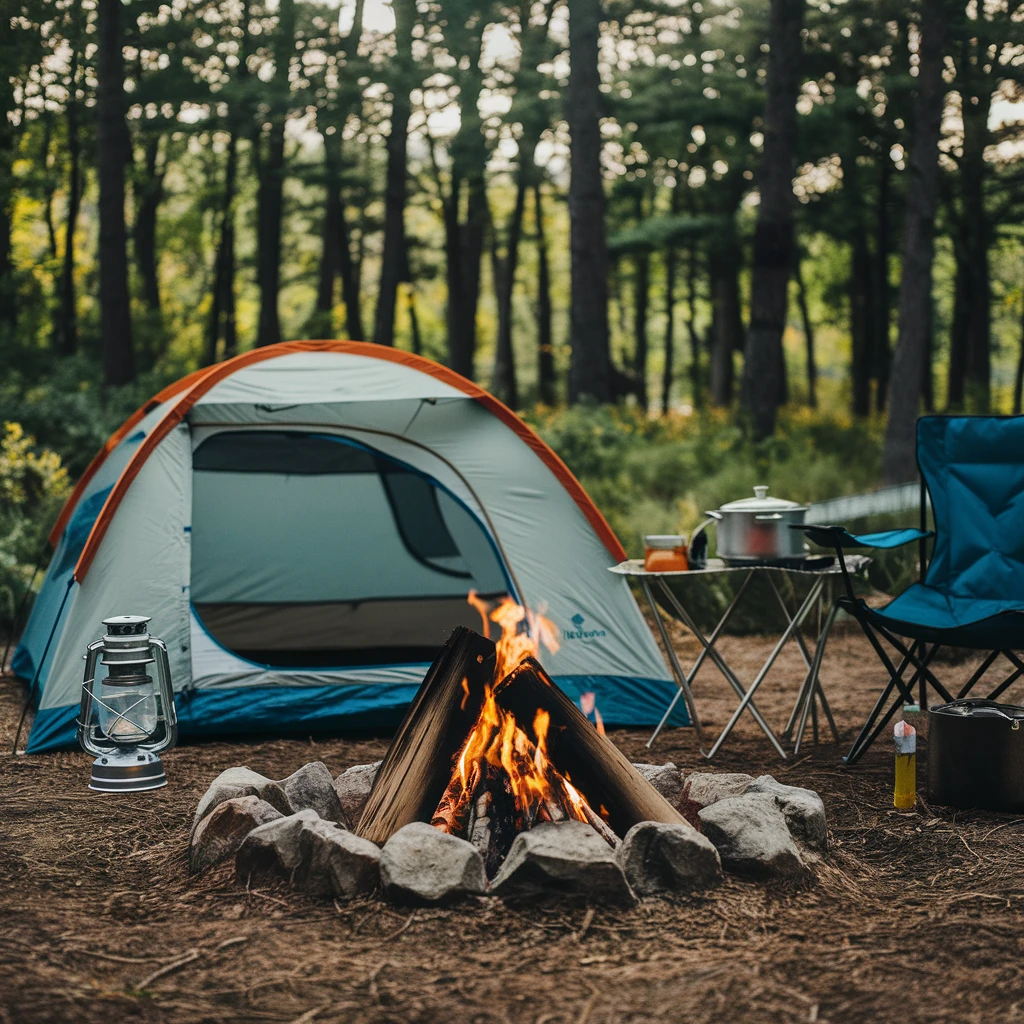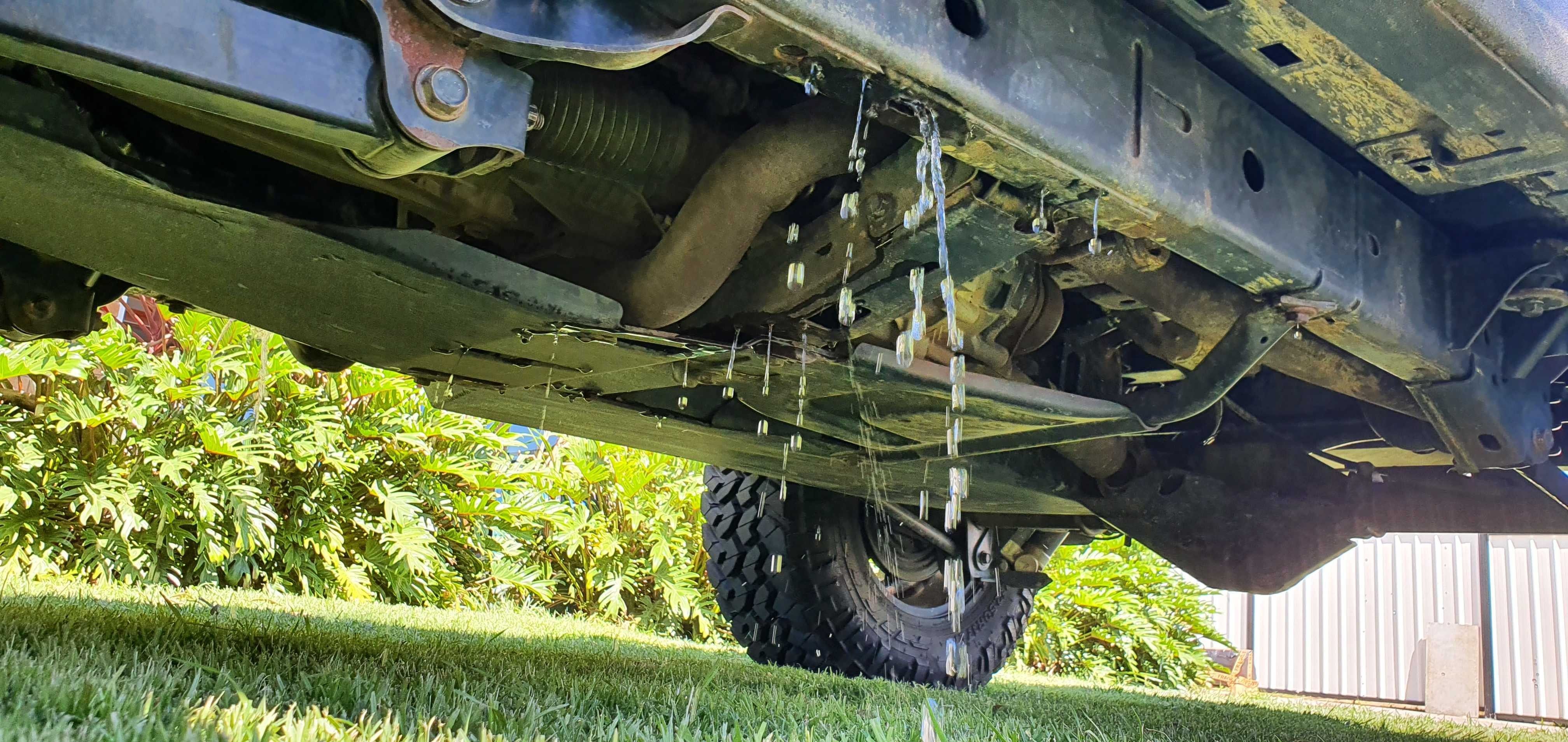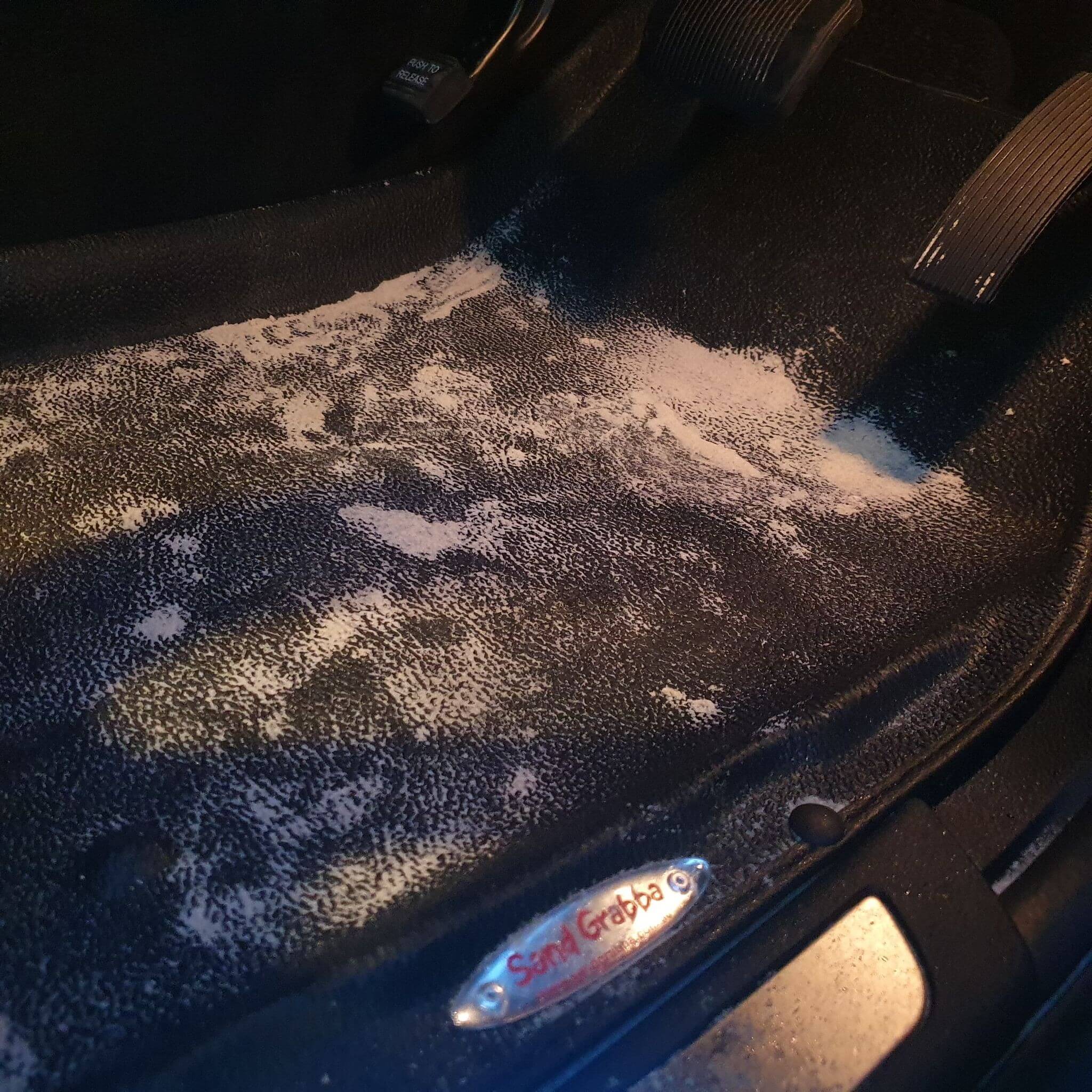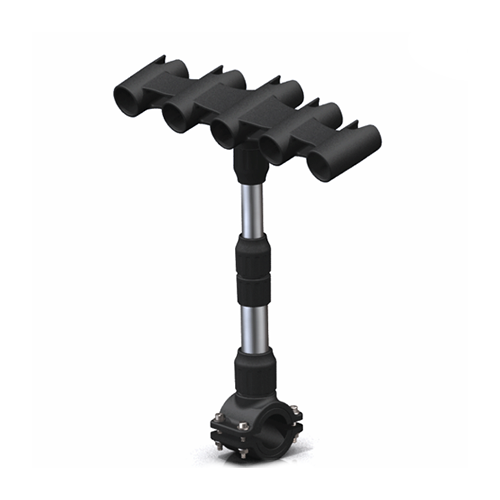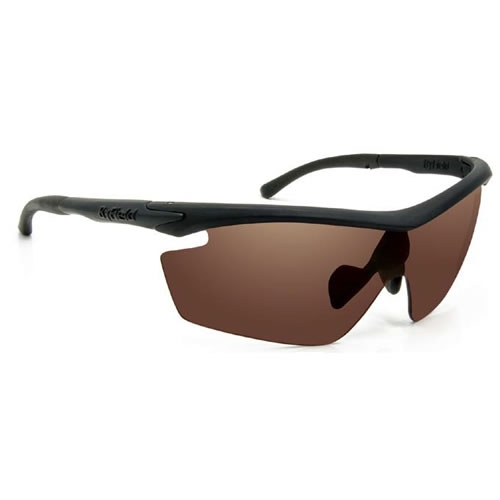Fire Extinguishers & Why You Should Carry One
Your 4wd probably looks pretty good. Anyone who sees it can tell that it’s tough, powerful and able to get across just about any ground it meets. The gear fitted to it and stored in the back means you can live in the bush and handle any emergencies that come your way. You can travel at night, navigate flawlessly across featureless desert and stay in radio contact with civilization.
Take another look though, because there’s something else about it. It’s a bit flammable, isn’t it? Between your long range tank and the jerrycans in the trailer there’s a few hundred litres of diesel in there, a couple of big gas bottles for the grill and a load of canvas. The electrics were modified to fit all your extra lights and accessories and all that outback you bounce over gives the cables a good shake – maybe some of them are pretty close to wearing through and shorting. As you drive off road the chassis is collecting dry twigs and spinifex that all ends up packed in beside hot mechanical stuff. Just to put the lid on it at the end of every day you stop, unroll all that canvas then light a big fire right beside it.
In New South Wales alone over 350 campers, caravans and off road vehicles go up in flames every year, Dozens of people get injured. Most fires don’t cause injuries because everyone manages to escape before the blaze really gets going but it’s easy to lose thousands of dollars worth of gear, and even find yourself stuck out in the big FA beside a smoking wreck. If you’re going touring you need to be able to deal with a fire before it gets out of hand and that means having the right fire extinguishers with you.
Fires aresplit into different classesdepending on what’s burning, and different extinguishers are needed to deal with each class. You don’t want to use water on a fuel or electrical fire, for example. That’s a bit of a sticky issue around a 4wd because the possible hazards cover most of the possible fire types. Looking at a fire class chart the type of extinguisher that covers most options is an ABE powder one. That will do fine for everything except cooking oil fires. Depending on what you like to cook that might be a problem for you, but there’s an easy answer – get a fire blanket and keep it with your cooking gear. An ABE extinguisher will do for everything else. Make sure it’s ABE and not just BE – those aren’t any good for ordinary fires, like what you’ll get if your awning goes up. Also check it’s approved by Standards Australia, because this is one place you don’t want dodgy gear.
Of course it won’t help you much if it’s buried under a pile of gear in the back, so you need to think about where to store it. One good idea is to carry a small ABE extinguisher clipped under the dashboard so you can grab it right away, then a bigger one just inside the tailgate. Even if the gear in the back catches fire you can use the small one to beat the flames down and get to the big one, then do a proper job.
One thing you need to remember when using ABE extinguishers is that they’ll choke a fire really well, but they won’t take the heat out of it. Once you’ve put the fire out there’s still a chance it’ll break out again, especially if it’s windy. If it’s a Class A fire – burning twigs, grass, tents or clothing – the best way to deal with that is to pour water over the remains. Be very careful with that though, and make sure you’re not soaking anything connected to the electrics.
Get the right firefighting kit in your wagon and the chances are you’ll be able to deal with any blazes before they become serious. That can save your vehicle from destruction, prevent injuries and even let you carry on your trip after minor repairs. For the cost of a couple of extinguishers it’s well worth it.

